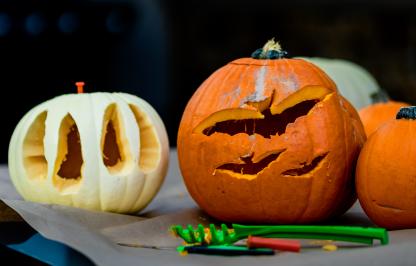New developments in solar-powered GPS technology are helping researchers collect more data on the elusive seasonal migration and winter ranges of burrowing owls that nest in Wyoming during the summer months. Nicknamed in some birding circles as the “howdy owl” for the way they bob their heads as if they’re nodding hello, burrowing owls are one of the more mysterious birds of the state. But researchers know populations are declining throughout the West.
In an effort to improve management on breeding grounds, the Wyoming Game and Fish Department and the Idaho Cooperative Fish and Wildlife Research Unit are capturing and banding Wyoming’s burrowing owls to learn more about their summer and wintering areas and seasonal migration routes.
Conjectures based on neighboring states’ data suggest Wyoming’s owls migrate south from early July to as late as mid-October. Researchers suspect owls winter in Mexico.
“We have obtained very few band returns from burrowing owls, so we don’t have information on migration from leg bands like we do from some other birds,” said Courtney Conway, a professor at the University of Idaho and the leader of Idaho Cooperative Fish and Wildlife Research Unit who is guiding the research with Game and Fish.
Data on burrowing owls depends heavily on returned bands and sightings. Conway reports that sightings are scarce, though, because it is challenging to observe owls during the winter months. Technology hasn’t been an option either until recently. In the past, satellite technology was not small enough to affix to the miniature (9.5-inch) birds. Now, there is a smaller transmitter.
In July, Game and Fish attached one of these tiny solar-powered units to an adult burrowing owl on the Pinedale Mesa south of Pinedale. Six juvenile owls were also fitted with leg bands for future identification. In a different study in eastern Wyoming, six additional juvenile burrowing owls were banded, and three adult owls were fitted with leg bands and solar transmitters.
“We only fit adult burrowing owls with the GPS transmitters to track their year-round movements,” said Andrea Orabona, Game and Fish nongame bird biologist.
Over the past five years, researchers have placed satellite transmitters on 60 burrowing owls in Western states. Unfortunately, many of those have died or their transmitters have stopped sending locations. Owls outfitted with the new transmitters from Wyoming, along with other owls from Western states and Canadian provinces, will add new data and hopefully new understanding about these mysterious little birds.
Transmitters following Wyoming’s burrowing owls over winter
Sara DiRienzo (307-777-4540)


